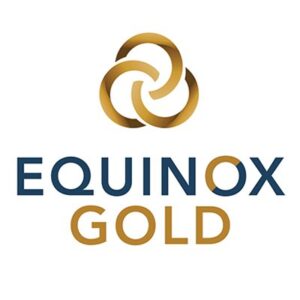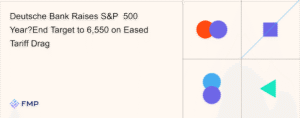Introduction
Despite the sharpest weekly market decline since October 2008, investors poured $8 billion into U.S. equities, according to Bank of America Securities. This counterintuitive behavior marks one of the largest inflow events in over a decade—highlighting investor confidence in long-term recovery and a strategic shift toward cyclical sectors.
Key Highlights from BofA’s Report
-
$8 Billion in Equity Inflows:
The fourth-largest weekly inflow since 2008 (in dollar terms) and the 31st-largest relative to market cap. -
Institutional Buyers Lead:
Institutional investors recorded their biggest inflow since December, breaking a three-week selling streak. -
Private Clients Remain Bullish:
Marked their 17th consecutive week of net buying—6th-largest weekly inflow on record. -
Hedge Funds Turn Positive:
Modestly net buyers for the first time since early February, indicating a tentative return to risk assets. -
Corporate Buybacks Rise:
Buyback activity exceeded typical seasonal levels for the first time in five weeks, showing corporate confidence.
Sector Breakdown: Who’s Getting the Flows?
| Sector | Inflow/Outflow | Highlights |
|---|---|---|
| Technology | Inflow | 5th-largest since 2008 |
| Industrials | Inflow | 2nd-biggest ever |
| Financials (ETFs) | Inflow | Led ETF buying |
| Consumer Disc. | Outflow | Still seen as vulnerable |
| Utilities | Outflow | Yet attractive in large-cap and SMID |
| Energy (ETFs) | Outflow | Largest among ETF sectors |
Notably, flows continued to favor cyclical sectors over defensives for the fourth week in a row, a strong signal that investors are not preparing for a recessionary downturn—despite macro uncertainty from tariffs and market corrections.
ETFs and Style Trends
-
ETF Buying Broad-Based:
ETF flows were strong across market caps and investing styles, except Growth, which saw no net inflows. -
Cyclical Tilt Dominates:
Financials and Consumer Discretionary ETFs attracted the most attention—despite some outflows in the latter at the stock level.
Interpretation: What This Means for Investors
1. “Buy the Dip” Mentality in Play
The large inflows during a steep market drop reflect a conviction that recent declines may present opportunistic entry points, especially in sectors like Tech and Industrials.
2. Institutions Are Back
Institutional inflows signal renewed confidence in fundamentals—or at least a strategic bet that market panic is overdone.
3. Cyclicals Over Defensives
Investors are not pricing in a recession. The tilt toward Financials, Industrials, and Tech suggests a belief in economic resilience despite policy uncertainty and geopolitical risk.
4. ETF Rotation Suggests Tactical Shifts
While ETF flows were broad, Growth strategies saw no inflow—pointing to a temporary pause in chasing high-multiple names amid rising interest rates or policy fears.
Data-Driven Investing: Useful APIs
-
Market Most Active API
Monitor the most traded U.S. stocks and identify momentum shifts during volatile sessions. -
ETF Sector Weighting API
Break down ETF exposure by sector to understand rotation trends and track investor preferences in real time.
Final Thoughts
BofA’s report is a fascinating look into how smart money is responding to market stress. While volatility remains high, the strong inflows across client types and sectors reflect confidence in the underlying economy—or at least in long-term U.S. equity performance. As tariff tensions unfold, all eyes are now on whether this optimism is validated or tested further.




